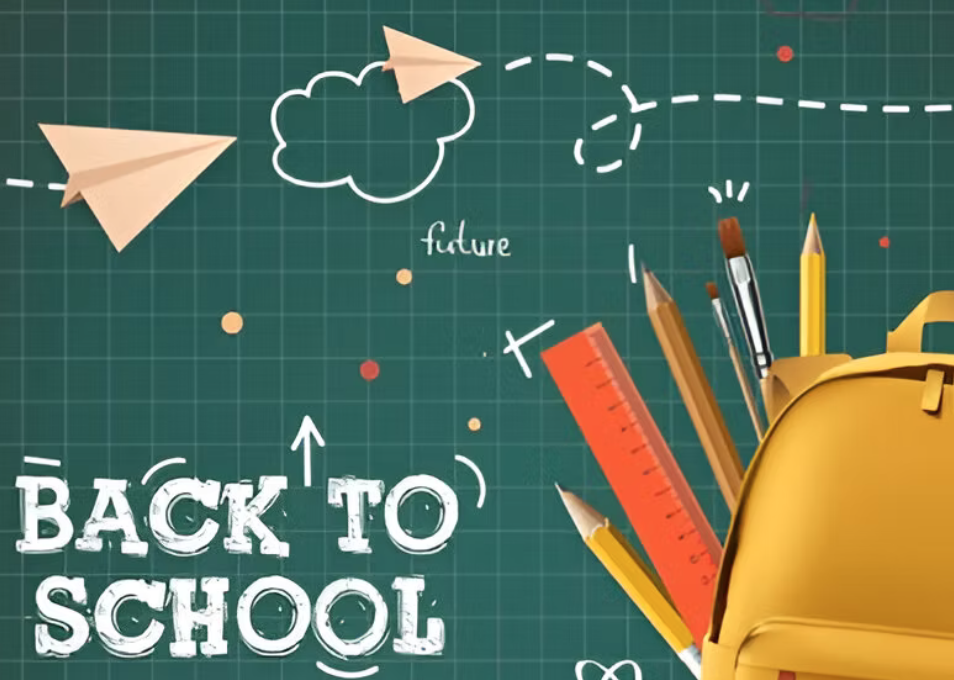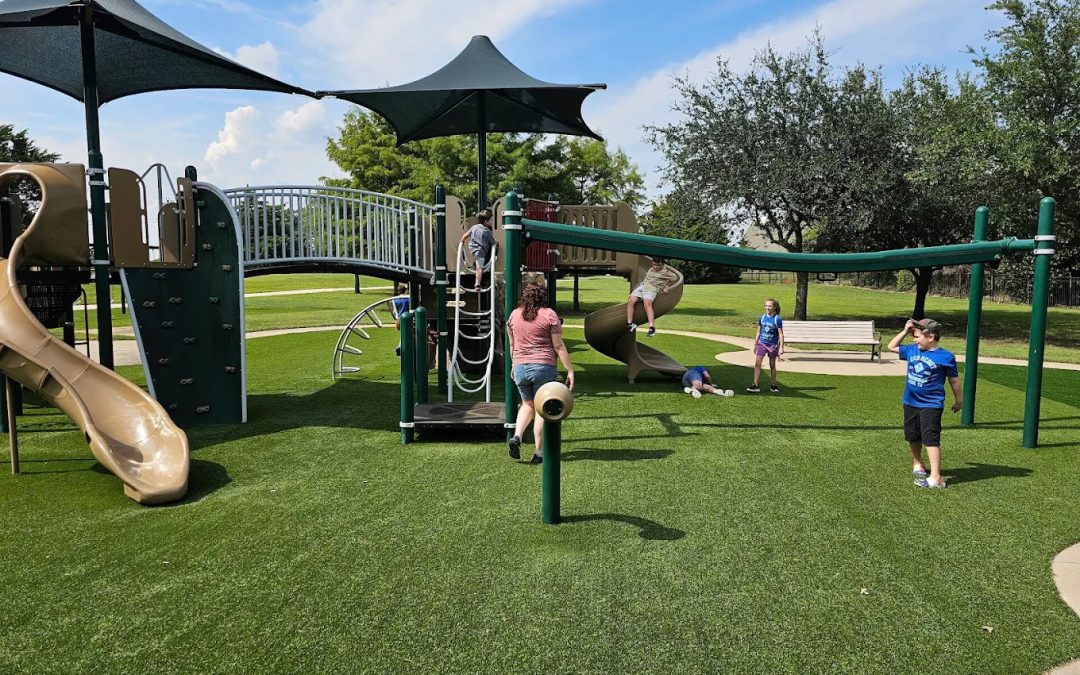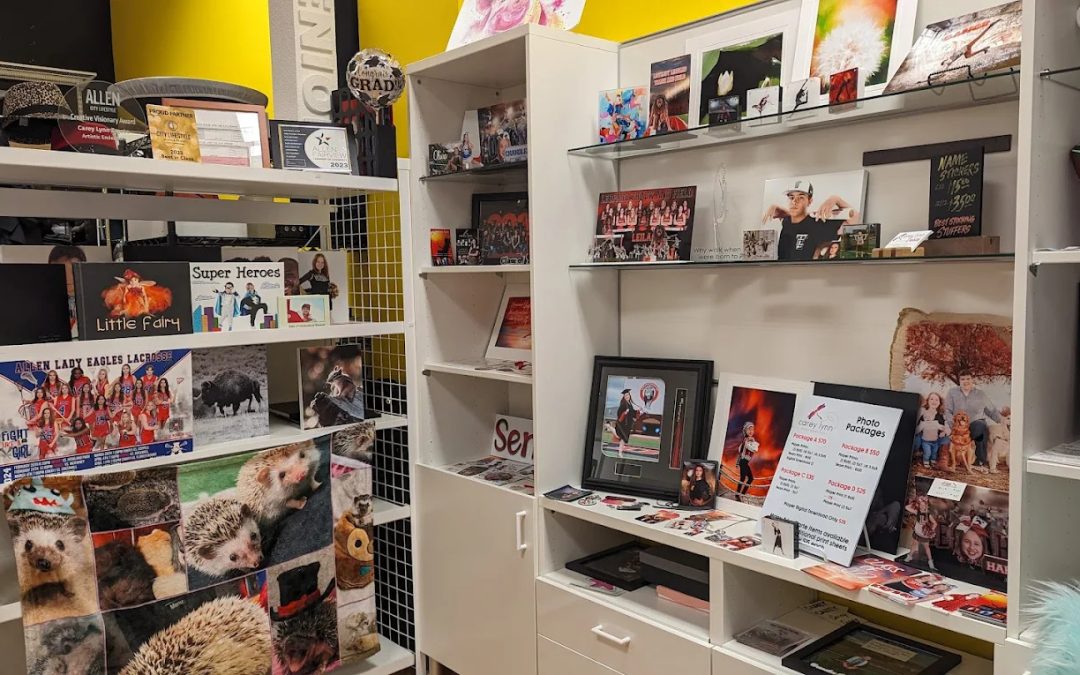As the summer sun sets on vacation days, families across the country are preparing for the return to structured learning. The Back-to-School season of 2025 brings with it a mix of traditional excitement and innovative approaches to education. This year represents a significant shift in how students learn and engage with educational content, with technology becoming more seamlessly integrated into everyday classroom experiences. Parents and students alike are navigating a landscape where digital literacy stands alongside traditional academic skills as essential components of a well-rounded education.
Navigating a New School Year: 2025 Trends to Know
The 2025 academic year introduces several noteworthy trends that reflect the changing educational landscape. Tech integration has become the new normal, with QR-code homework assignments and AI-driven practice platforms now standard in most schools. The National Education Policy’s implementation continues to reshape curricula, emphasizing foundational skills, critical thinking, and multidisciplinary approaches to learning. Perhaps most significantly, there’s a growing recognition that soft skills—communication, creativity, and collaboration—are no longer supplementary but central to educational success. This guide aims to help families navigate these changes while preparing for a successful school year.
Digital by Design: Technology as a Learning Backbone
Technology’s role in education has transformed dramatically, moving from optional enhancement to essential infrastructure. From classrooms equipped with interactive smartboards to homework delivered through personalized learning platforms, the 2025 educational experience embraces digital tools at every turn. Schools are increasingly adopting blended learning models, where traditional face-to-face instruction is complemented by online exercises and resources that students can access at their own pace. This hybrid approach allows for more personalized learning experiences and helps students develop the digital literacy skills they’ll need for future success.
The National Education Policy’s influence continues to reshape educational priorities, with schools placing greater emphasis on developing well-rounded individuals rather than just high academic achievers. This translates to more project-based assessments, experiential learning opportunities, and interdisciplinary approaches to the subject matter. Parents may notice their children bringing home fewer traditional worksheets and more creative assignments that require critical thinking and problem-solving. The focus on soft skills development means schools are creating more opportunities for collaboration, presentation, and self-expression—preparing students not just for exams but for real-world challenges they’ll face beyond the classroom.
Preparing for back-to-school in 2025 requires thinking beyond traditional supplies and embracing tools that enhance both learning and organization. This year’s must-have items combine functionality with innovative design. Ergonomic backpacks now come with built-in charging ports to keep devices powered throughout the day, while eco-friendly notebooks made from recycled materials help students reduce their environmental footprint. Color-coded folders for different subjects, highlighters, sticky notes, and mini whiteboards have become essential for effective study and revision, reflecting the increased emphasis on student-led learning and organization.
Beyond the basics, today’s students benefit from smart tools that bridge traditional and digital learning approaches. LCD writing tablets have gained popularity as reusable alternatives to paper notebooks, allowing students to practice writing and drawing without waste. Families are finding that magnetic timetables displayed prominently on refrigerators help manage increasingly complex schedules. DIY educational kits focused on robotics, coding, and puzzle games complement the school curriculum by providing hands-on learning experiences at home. When selecting supplies, consider both immediate classroom needs and tools that will support independent learning and exploration outside school hours.
Establishing mindful routines forms the backbone of school-year success, especially after the unstructured days of summer break. Effective morning routines might include gentle wake-up alarms with soft music or sunrise simulation lamps, followed by a few minutes of gratitude journaling—a practice that can benefit even young children. A nutritionally balanced breakfast combining proteins, carbohydrates, and proper hydration sets the stage for optimal learning. Before heading out, a visual checklist for school bag essentials helps prevent last-minute scrambling and teaches responsibility. Afternoons should balance academic demands with necessary downtime, including nutritious snacks and perhaps a short storytelling session to decompress.
Evening routines deserve equal attention in creating a balanced school experience. Setting aside a dedicated “creation hour” for crafts, coding, or reading encourages children to pursue interests beyond assigned homework. Creating a designated homework station with minimal distractions helps students focus during study time. Physical activity in the evening, whether cycling, badminton, or simply playing outdoors, helps release energy and improve sleep quality. Perhaps most importantly, establishing a consistent “screen-off” time and bedtime ritual by 9:30 PM ensures adequate rest. Many families find success by incorporating a daily 30-minute “Curiosity Slot” filled with brain-challenging activities like logic puzzles or educational games.
Creative Confidence: DIY Prep That Eases First-Day Nerves
The transition back to academic life can trigger anxiety for many students, but creative preparation activities can transform apprehension into anticipation. DIY projects offer an engaging way to build excitement while personalizing school supplies. Setting up a bookmark creation station where children can design superhero-themed or personalized bookmarks makes reading more appealing. Name tag crafts for school bags and notebooks not only serve practical purposes but also give children ownership of their supplies. Creating a colorful timetable poster that visualizes the weekly class schedule can transform an administrative detail into wall art that helps with time management.
From Play to Purpose: Hands-On Projects That Spark Learning
Hands-on projects that combine creativity with utility provide excellent preparation for the school mindset. Transforming recycled cans into personalized pencil holders using decorative washi tape and stickers teaches sustainability while creating useful organizational tools. For technology-oriented students, simple robotics projects like building a sensor light can spark enthusiasm for STEM subjects before classes begin. These activities do more than just fill time—they help children develop fine motor skills, follow instructions, express creativity, and build confidence that carries into the classroom. By engaging in purposeful creation, students begin to shift their mindset from vacation mode to learning mode in a positive, stress-free manner.






